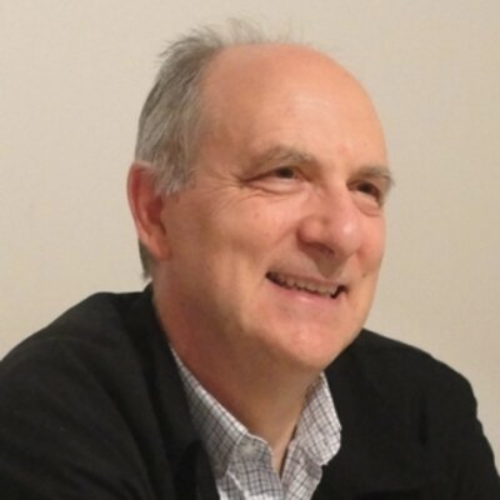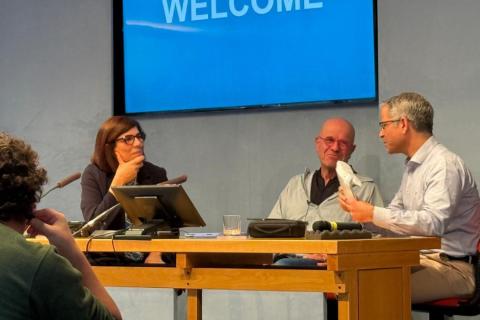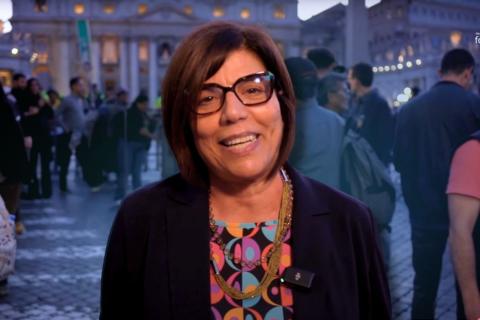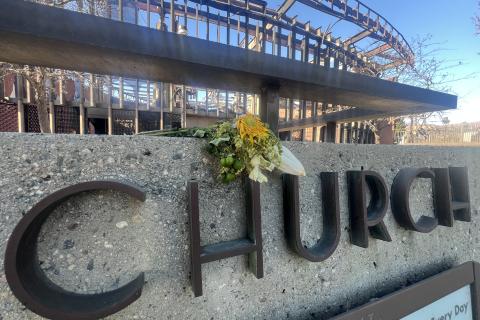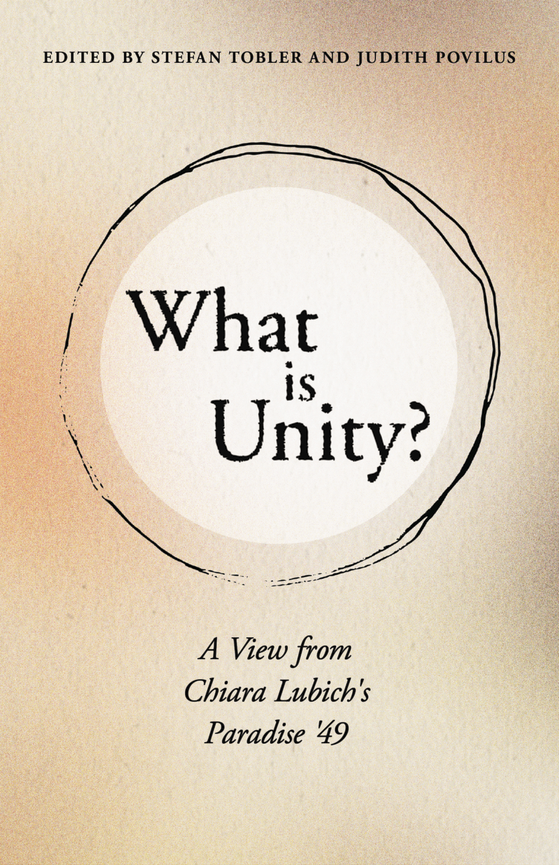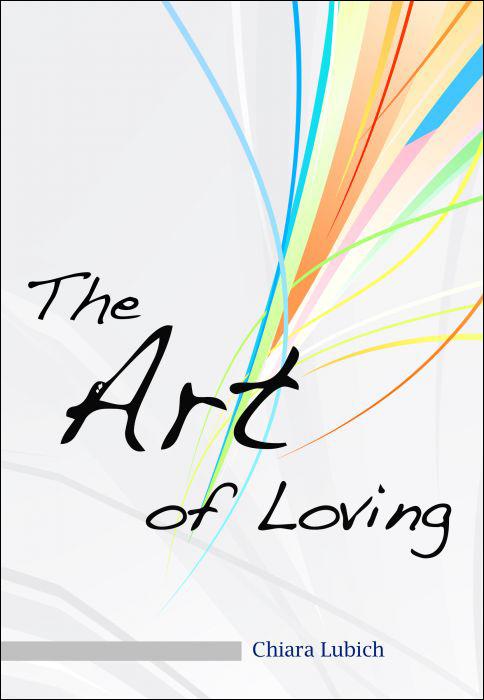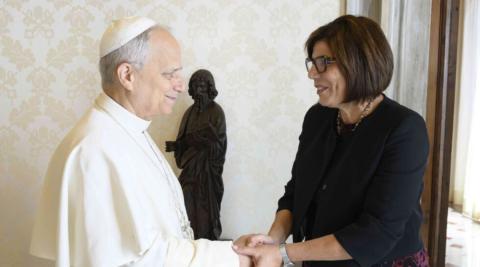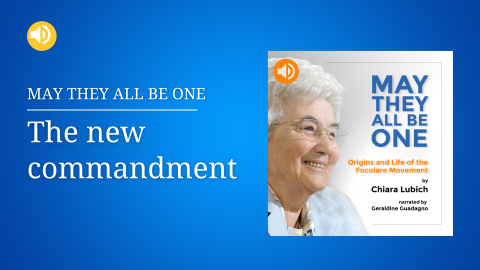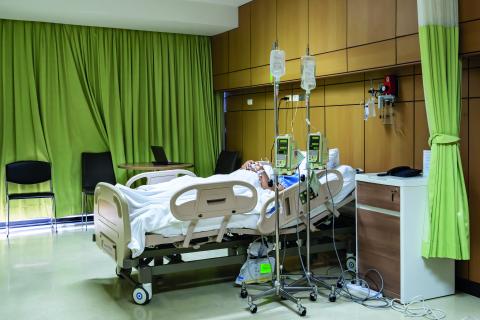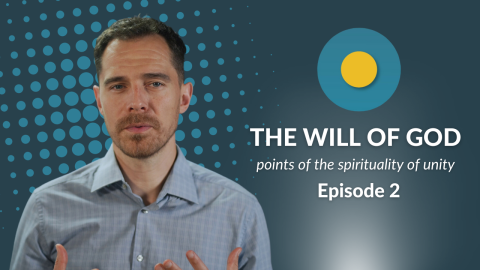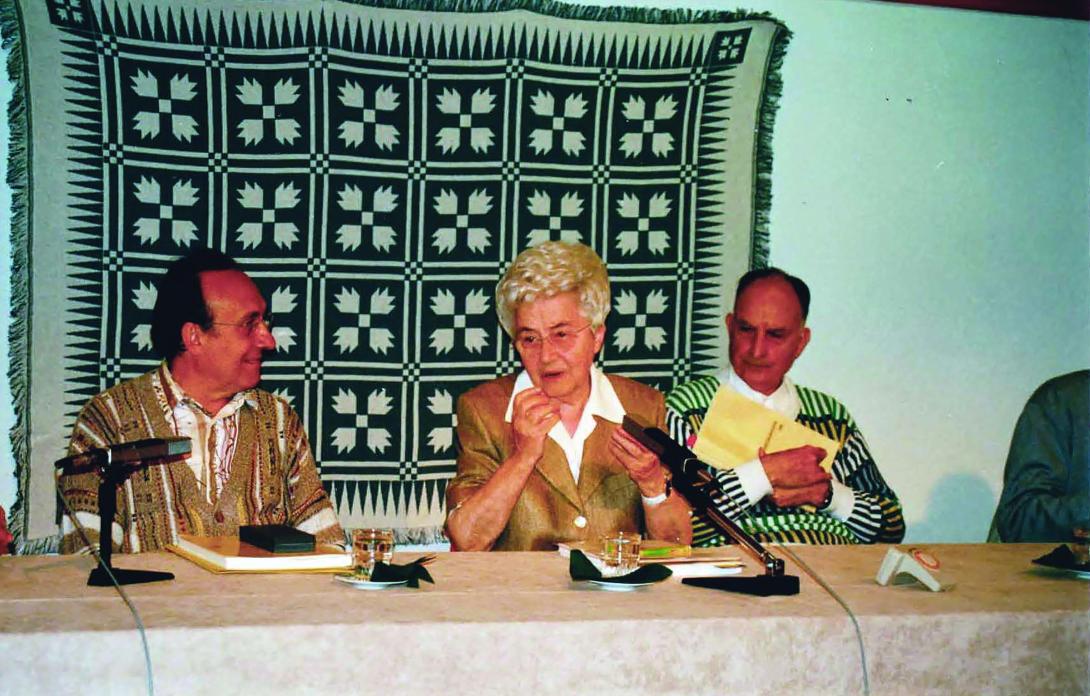
Chiara Lubich with Giuseppe Zanghì and Fr. Pasquale Foresi. Photo from CITTA’ NUOVA
The year 1949 marks a period of special graces for the Focolare. They call to mind graces received by noted founders such as Benedict, Ignatius of Loyola and other people chosen by God to undertake a particular mission in the Church and in the world.
As Focolare founder Chiara Lubich progressed through that experience of light called Paradise 49, she put in writing what she understood and lived.
Later it occurred to her that those papers might become an obstacle in the path of those who followed her. One could be deeply touched by the beauty of the description and put less emphasis on living its message. Or the notes might be misunderstood, since they appear audacious.
With this in mind, Chiara decided to set these notes aside. A person close to her recalled that she even asked that they be destroyed. To her knowledge, therefore, those notes no longer existed.
This experience of light, however, remained like a family treasure, a source of inspiration for Chiara’s lifestyle, thought and teaching throughout her life. From what she “saw” and experienced in the splendor of God’s light, she drew out the guidelines and direction of the Work of Mary that she would work at building, spreading and consolidating in the years to come.
The experience of 1949 became the source of inspiration for a variety of tangible expressions of the Focolare that would emerge over time, such as its “little cities,” its publishing houses, the Economy of Communion, the Political Movement for Unity. Chiara was aware that even an entire doctrine could emerge from that experience.
She would receive numerous honorary doctorates: in social sciences in Lublin, social communications in Bangkok, theology in Manila and in Taipei, education in Washington, philosophy in Mexico City and other disciplines in Connecticut, Buenos Aires, Sao Paulo and Recife.
Towards the end of the 1980s, the theologian and bishop of Augsburg, Germany, Klaus Hemmerle, asked to have access to the experience of 1949, considering it to be at the foundation of the charism of unity and of the birth of the Work of Mary. Chiara realized that the time had come for that heritage of wisdom, already partially conserved in the notes made in 1949 and 1950 (which in the meantime had been found), to be examined, ordered and studied in depth.
Between the end of 1990 and the beginning of 1991, Chiara gathered the first scholars to form a “school”: Fr. Pasquale Foresi, Giuseppe Zanghì, Marisa Cerini, Andrea Balbo OFM, and Fr. Piero Coda. Before long Bishop Hemmerle would also become part of the group.
The Abba School, as Chiara called it, was thus formed. Abba, or Father, was the first word she pronounced at the beginning of her mystical experience, a word with which she entered the bosom of the Father in Paradise.
The Abba School met regularly, except when it was temporarily suspended because of Chiara’s health in 1992. Sessions began again in February 1995, and new members were added to bring the total to 30 scholars chosen to represent different disciplines. An Anglican priest and a theologian of the Reformed Church were included in the group.
The principal task of the Abba School was to offer Chiara a “sounding board,” an environment in which she could reread her writings, be questioned about them and be stimulated to recall, clarify and fully understand those past intuitions in the light of the years that followed.
The principal task of the Abba School was to offer Chiara a “sounding board,” an environment in which she could reread her writings, be questioned about them and be stimulated to recall, clarify and fully understand those past intuitions in the light of the years that followed.
As she interacted with members of the school, she made notes on the very pages of her early writings, enriching them with comments, developments, clarifications. It represented a rare and perhaps unique case in which the documenting of an intellectual vision would, years later, be read, reread and commented upon by the very person who originally experienced it and wrote about it.
The members of the Abba School, in turn, published numerous papers on the teaching that has emerged from that initial experience, especially in New Humanity Review and in books in the series entitled Studies of the Abba School, published by Città Nuova.
In addition to considering Chiara’s writings in depth and drawing out their teaching, these members also continued an interior journey that helped create and maintain a common sacred space, as Chiara herself wished when she suggested such a lofty and demanding program.
On November 29, 2003, Chiara began another reading of the Paradise 1949 with the members of the Abba School. She wrote on the first page of the document: “This time we are reading the text in view of our own personal conversion, of transforming the words into life. The Abba School must become like Paradise. Only in this way will the content of this text be understood.”
Paradise 1949, in order to be understood, needs the same space and context that originally generated it: unity among those who are available, in accordance with the grace of the Eucharistic presence of Jesus, to live in reciprocal love, practicing a personal self-emptying, ready to set aside their personal knowledge so that a new knowledge may emerge.
Chiara’s last meeting with the Abba School group was on September 18, 2004. Since her death in 2008, the Abba School continues its work under the leadership of the president of the Work of Mary. There are currently 24 members representing 22 different disciplines. They are assisted by a group of 200 academics and professionals who collaborate on research and study projects.
Numerous publications have been released, yet the work of the Abba School remains somewhat unknown. It is at the service of analyzing and understanding the writings left by Chiara Lubich and extending her message of light and life throughout the world.
First published in Città Nuova, Italy


